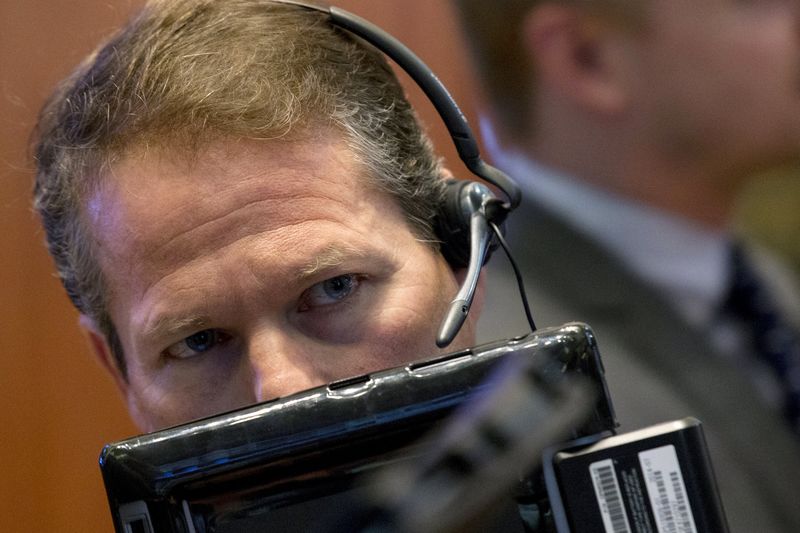Stock Story -
EV charging infrastructure provider Blink Charging (NASDAQ:BLNK) missed Wall Street’s revenue expectations in Q3 CY2024, with sales falling 41.9% year on year to $25.19 million. The company’s full-year revenue guidance of $130 million at the midpoint came in 10% below analysts’ estimates. Its GAAP loss of $0.86 per share was also 426% below analysts’ consensus estimates.
Is now the time to buy Blink Charging? Find out by reading the original article on StockStory, it’s free.
Blink Charging (BLNK) Q3 CY2024 Highlights:
- Revenue: $25.19 million vs analyst estimates of $35.02 million (28.1% miss)
- EPS: -$0.86 vs analyst estimates of -$0.16 (-$0.70 miss)
- EBITDA: -$14.02 million vs analyst estimates of -$9.33 million (50.2% miss)
- Gross Margin (GAAP): 36.2%, up from 32% in the same quarter last year
- Operating Margin: -350%, down from -255% in the same quarter last year
- EBITDA Margin: -55.7%, down from -26.9% in the same quarter last year
- Free Cash Flow was -$10.25 million compared to -$13.74 million in the same quarter last year
- Market Capitalization: $193.2 million
Renewable Energy
Renewable energy companies are buoyed by the secular trend of green energy that is upending traditional power generation. Those who innovate and evolve with this dynamic market can win share while those who continue to rely on legacy technologies can see diminishing demand, which includes headwinds from increasing regulation against “dirty” energy. Additionally, these companies are at the whim of economic cycles, as interest rates can impact the willingness to invest in renewable energy projects.Sales Growth
Reviewing a company’s long-term performance can reveal insights into its business quality. Any business can have short-term success, but a top-tier one sustains growth for years. Luckily, Blink Charging’s sales grew at an incredible 116% compounded annual growth rate over the last five years. This is encouraging because it shows Blink Charging’s offerings resonate with customers, a helpful starting point.We at StockStory place the most emphasis on long-term growth, but within industrials, a half-decade historical view may miss cycles, industry trends, or a company capitalizing on catalysts such as a new contract win or a successful product line. Blink Charging’s annualized revenue growth of 72.8% over the last two years is below its five-year trend, but we still think the results were good and suggest demand was strong.
This quarter, Blink Charging missed Wall Street’s estimates and reported a rather uninspiring 41.9% year-on-year revenue decline, generating $25.19 million of revenue.
Looking ahead, sell-side analysts expect revenue to grow 25.7% over the next 12 months, a deceleration versus the last two years. This projection is still commendable and illustrates the market is baking in success for its products and services.
Operating Margin
Operating margin is a key measure of profitability. Think of it as net income–the bottom line–excluding the impact of taxes and interest on debt, which are less connected to business fundamentals.Blink Charging’s high expenses have contributed to an average operating margin of negative 151% over the last five years. Unprofitable industrials companies require extra attention because they could get caught swimming naked when the tide goes out. It’s hard to trust that the business can endure a full cycle.
On the plus side, Blink Charging’s annual operating margin rose over the last five years, as its sales growth gave it operating leverage. Still, it will take much more for the company to reach long-term profitability.
Blink Charging’s operating margin was negative 350% this quarter. The company's lack of profits raise a flag.
Earnings Per Share
We track the long-term change in earnings per share (EPS) for the same reason as long-term revenue growth. Compared to revenue, however, EPS highlights whether a company’s growth was profitable.Blink Charging’s earnings losses deepened over the last five years as its EPS dropped 36.3% annually. We’ll keep a close eye on the company as diminishing earnings could imply changing secular trends and preferences.
Like with revenue, we analyze EPS over a shorter period to see if we are missing a change in the business.
For Blink Charging, its two-year annual EPS growth of 9.3% was higher than its five-year trend. Accelerating earnings growth is almost always a great sign. In Q3, Blink Charging reported EPS at negative $0.86, up from negative $1.74 in the same quarter last year. Despite growing year on year, this print missed analysts’ estimates. Over the next 12 months, Wall Street is optimistic. Analysts forecast Blink Charging’s full-year EPS of negative $1.51 will reach break even.
